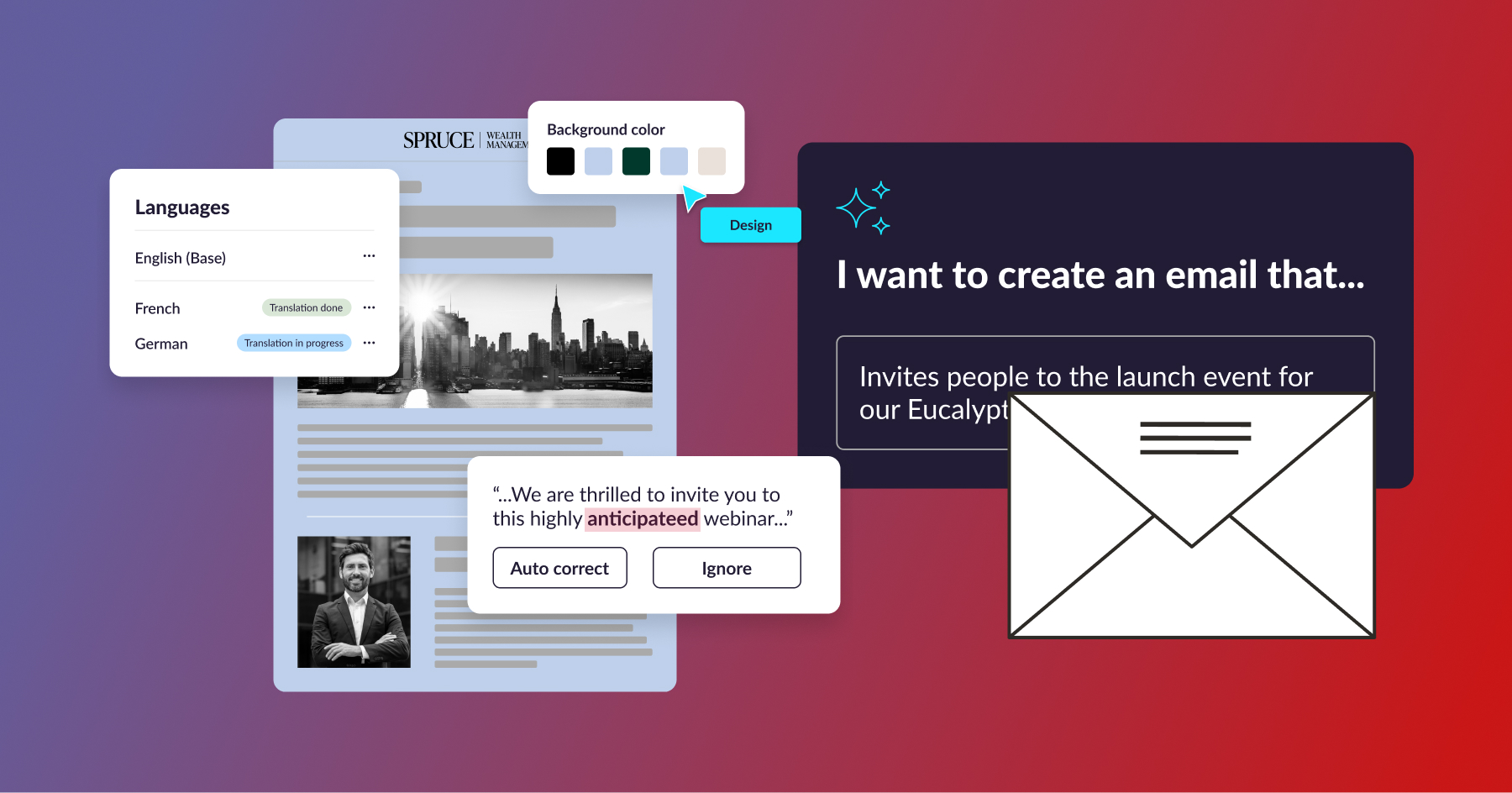These days, we all know that mobile first is a marketing mantra that can’t be ignored. Mobile accounted for a whopping 57% of U.S. digital ad spend in 2017 (a 36% increase from 2016).
Amongst U.S. consumers, more than 98% reported owning a mobile device and 86% said they access one or more of their email accounts via a mobile device.
In a 2018 Litmus email trends report, mobile opens accounted for 46% of all email opens, while desktop opens only hit 18%.
In a 2017 report, Return Path analyzed 27 billion email opens between May 2016 and April 2017 and found that 55% were opened on a mobile device (up from 29% in 2012).
See a pattern here?
With consumers accessing the majority of emails on mobile devices, what are you doing to accommodate them? And how are you failing them?
The differences between mobile responsive and mobile optimized

According to a Liveclicker and Relevancy Group report, 44% of consumers who were surveyed said they don’t like receiving email marketing messages on their mobile devices because they receive too many emails.
Additionally, 32% said the messages are too small to interact with on mobile, 26% noted that website and landing pages aren’t mobile optimized, and 21% stated that emails aren’t well formatted for mobile devices.
Clearly, consumers are paying attention, and so should you.
So what are the differences between emails that are mobile responsive versus mobile optimized?
Mobile responsive
This is the most user friendly option. Mobile-responsive emails are built and designed to transition between mobiles, tablets, and PCs seamlessly. They automatically resize and adjust proportions and components based on the device that’s viewing the email.
Mobile optimized
These emails are mobile first. They’re built with mobile devices in mind. This means that they’re best viewed on mobile devices, and not PCs.
Mobile friendly
Lastly, you may hear of designs that are “mobile friendly.” Ironically, this option is the least friendly. While users can view these emails on their mobile devices, they won’t be resized and adjusted for the mobile format. They’ll still be displayed in their PC format, often resulting in small font sizes and a bad user experience.
What difference has mobile responsiveness had on a major brand?

Catalent, Inc., is the leading global provider of advanced delivery technologies and development solutions for drugs, biologics, and consumer health products.
Before switching to stensul, Catalent’s email creation was not ideal. Email design was slow and complicated, and emails couldn’t be viewed well on mobile devices.
Julie Bulfair, Senior Marketing Specialist at Catalent Pharma Solutions, realized that they needed to move to mobile-responsive emails. “Our customers and executive team members not being able to read our emails on their mobile devices was an obvious opportunity for improvement that we needed to address immediately.”
After implementing stensul, Catalent’s email creation time decreased by 40% and all emails were mobile responsive.
The importance of mobile in email marketing is undeniable. Don’t get left behind, schedule your personalized demo today.


